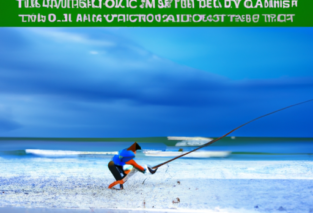Are you an avid angler looking to tackle the challenges of fishing in cold water? Look no further than “Can You Go Fishing in Cold Water: Tips and Techniques for Cold-Water Anglers.” This comprehensive guide provides invaluable advice and strategies specifically tailored for those brave enough to venture out into chilly waters. Whether you’re a beginner or an experienced angler, this article is packed with tips, tricks, and techniques to make your next cold-water fishing adventure a success. From selecting the right gear to mastering the art of presentation, this article has you covered from start to finish. So grab your fishing rod, bundle up, and get ready to take on the cold water like a pro!

Choosing the Right Gear for Cold-Water Fishing
Selecting the Right Fishing Rod
When it comes to cold-water fishing, choosing the right gear is essential for a successful and enjoyable experience. One of the first things you need to consider is the fishing rod. Cold-water fishing often requires longer and more sensitive rods compared to fishing in warmer waters. A longer rod allows for better casting distance, while a sensitive rod helps you feel even the slightest nibbles from the fish.
Choosing the Appropriate Fishing Line
Another important gear consideration is the fishing line. In cold-water fishing, you’ll want to use a line that is both strong and durable. A braided line is often a popular choice as it has a high strength-to-diameter ratio and a low stretch, making it sensitive to even the slightest bites. However, if you’re fishing in an area with structures such as rocks or timber, a fluorocarbon line is a better option as it is more abrasion-resistant.
Picking the Right Reel for Cold-Water Angling
In addition to the fishing rod and line, choosing the right reel is crucial for cold-water angling. Since cold conditions can affect the performance of a reel, it’s important to select one that is designed to withstand the challenges of cold water. Look for reels made from materials that are resistant to corrosion, and opt for a model with a smooth drag system to handle the potential fighting strength of cold-water species.
Understanding the Behavior of Cold-Water Fish
Knowing the Preferred Temperatures of Cold-Water Species
To increase your chances of catching fish in cold water, it’s important to have a good understanding of their preferred temperatures. Different species have different temperature preferences, and by knowing these preferences, you can target specific areas where fish are more likely to be present. For example, trout are often found in water temperatures ranging from 50 to 60 degrees Fahrenheit, while bass may prefer slightly warmer waters.
Understanding the Feeding Patterns in Cold Water
In cold water, fish tend to feed less frequently due to the decrease in their metabolism. They become more selective in their food choices and are attracted to slower-moving baits. It’s important to be patient and use techniques that match the feeding patterns of fish in cold water. Choosing lures that imitate natural food sources and using slow retrieval techniques can greatly increase your chances of a successful catch.
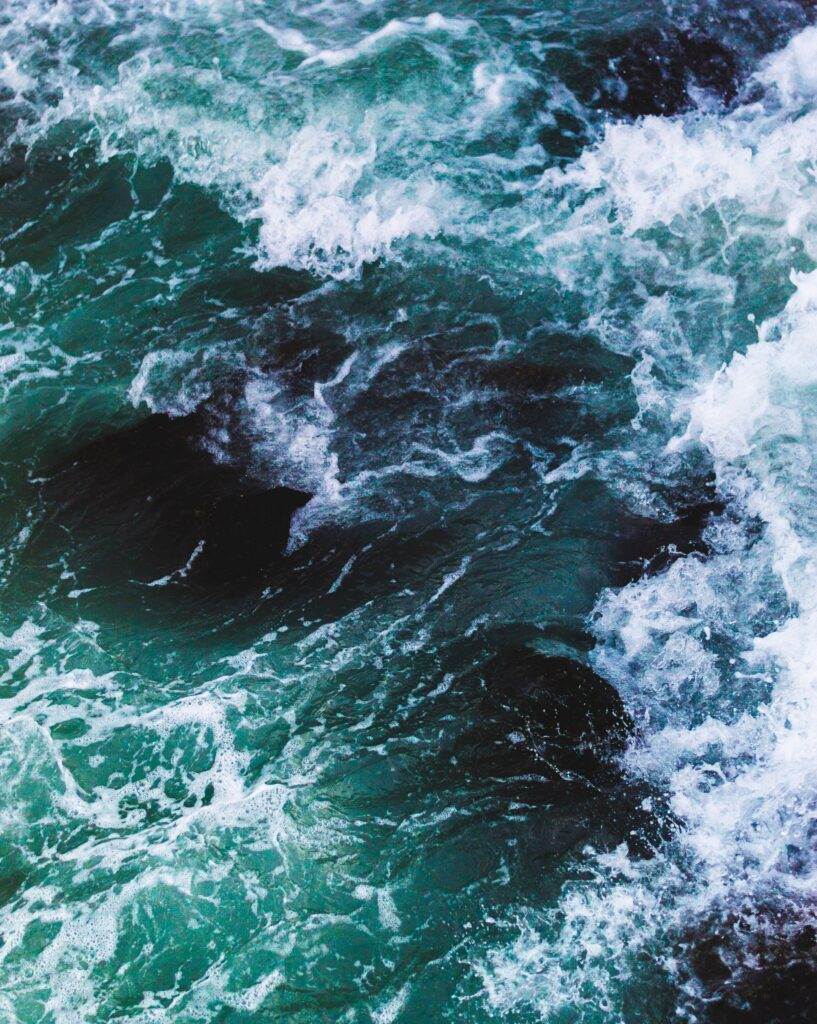
Locating Fish in Cold Water
Identifying Potential Hotspots in Cold-Water Lakes
When fishing in cold-water lakes, it’s essential to identify potential hotspots where fish are likely to gather. Look for areas with underwater structures such as deep holes, submerged rocks, or fallen trees. These structures provide cover for fish and attract prey, making them ideal spots to find fish. In addition, pay attention to areas where warm water enters the lake, as fish are often attracted to these warmer patches in cold water.
Finding Fish in Cold-Water Rivers and Streams
In cold-water rivers and streams, fish tend to seek areas with slower currents to conserve energy. Look for pockets of calm water, such as eddies, behind obstacles like rocks or fallen logs. These areas provide shelter for fish and create a less demanding environment for them. Also, focus your attention on the deeper sections of the river or stream, as fish often move to deeper waters during colder periods.
Using Bait and Lures Effectively in Cold Water
Selecting the Right Live Bait for Cold-Water Fishing
Live bait can be highly effective in cold-water fishing, as it mimics the natural food sources of fish in frigid conditions. When using live bait, choose options such as minnows, worms, or insects that are native to the waters you’re fishing in. Keep in mind that fish may be less active and less willing to chase their prey in cold water, so presenting the bait in a natural and enticing manner is crucial for success.
Choosing the Best Artificial Lures for Cold-Water Angling
Artificial lures are another great option for cold-water fishing. When selecting lures, choose ones that closely resemble the prey fish eat in cold water. Slow-moving lures, such as jigs or soft plastics, are particularly effective in colder temperatures. Experiment with different colors and sizes to find the ones that attract the most bites. Remember to vary your retrieval speed and depth to find the sweet spot.
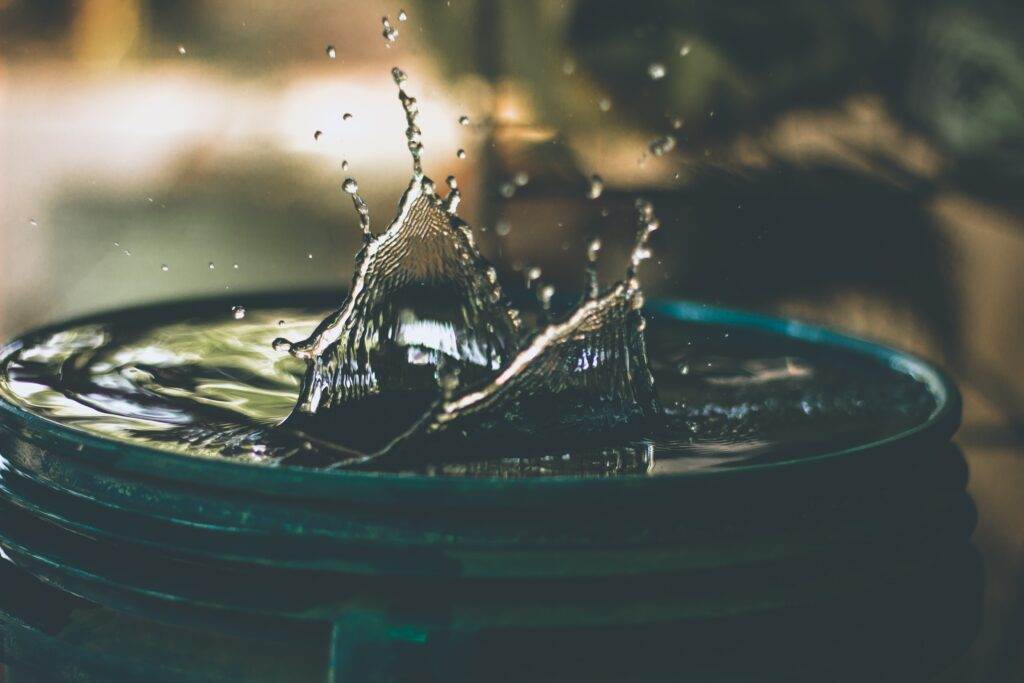
Techniques for Cold-Water Fishing
Slow and Steady Retrieval Techniques
In cold water, fish are less energetic and tend to be attracted to slower-moving baits. By utilizing slow and steady retrieval techniques, you can entice fish to strike. Try using a slow and consistent retrieval speed, paying attention to the movement of your lure or bait. This technique mimics the natural movements of prey in cold water, making it more likely to attract the attention of fish.
Vertical Jigging for Cold-Water Species
Vertical jigging is a popular technique for cold-water fishing, especially when targeting deep-dwelling species. It involves dropping a jig or lure straight down into the water column and then using an upward jerking motion to mimic the movement of prey. Allow the lure to fall back down, maintaining tension on the line, and be ready for a strike on the descent. Vertical jigging can be highly effective in enticing sluggish fish in cold water.
Deadsticking
Deadsticking is another effective technique for cold-water fishing, particularly for species that are less active in frigid temperatures. It involves casting your bait or lure and letting it sit motionless in the water for an extended period. This technique appeals to the natural curiosity of fish, as they are drawn to investigate the motionless prey. Be patient and keep a close eye on your line for any signs of movement.
Cold-Water Fishing Safety Tips
Dressing Appropriately for Cold Conditions
When venturing out for cold-water fishing, dressing appropriately is crucial to ensure your safety and well-being. Layering is key to staying warm, as it provides insulation and allows you to adjust your clothing as needed. Start with a moisture-wicking base layer to keep your skin dry, add an insulating mid-layer, and finish with a waterproof and windproof outer layer. Don’t forget to wear warm socks, insulated boots, and headwear to minimize heat loss.
Understanding Ice Safety Measures
For anglers venturing onto frozen lakes or rivers, understanding ice safety measures is of utmost importance. Always check the thickness of the ice before stepping onto it, making sure it is at least four inches thick to support a single person. Avoid areas with visible cracks, holes, or running water, as these indicate weaker ice. Carry safety equipment such as ice picks or a throw rope in case of emergencies, and fish with a buddy whenever possible for an added layer of safety.
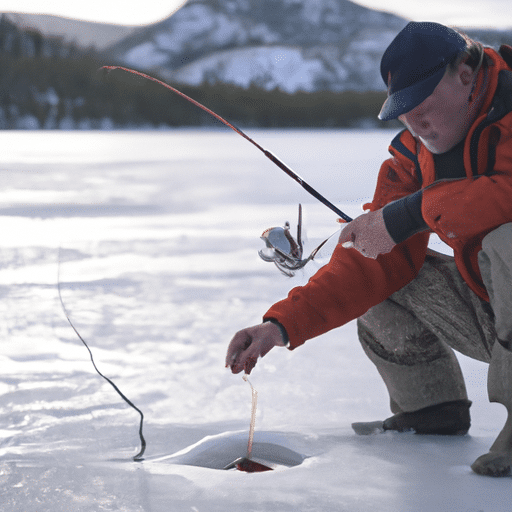
Understanding Ice Fishing in Cold Water
Ice Fishing Equipment and Tools
Ice fishing requires specialized equipment and tools designed for fishing in cold water. Some essentials include an ice auger to drill holes in the ice, an ice fishing sled or bucket to transport your gear, and an ice skimmer or scoop to remove excess ice from your fishing hole. Additionally, ice fishing rods are shorter and more robust to withstand the conditions, and ice fishing shelters provide protection from the elements and offer a comfortable fishing experience.
Ice Fishing Techniques for Cold-Water Anglers
When ice fishing in cold water, it’s important to adapt your techniques to the unique conditions. Set up your fishing spot by drilling a hole in the ice and clearing away any excess ice. Use a sonar or fish finder to locate schools of fish beneath the surface. Depending on the species you’re targeting, you can employ techniques such as jigging, deadsticking, or tip-up fishing. Patience is key in ice fishing, as fish tend to move more sluggishly in frigid temperatures.
Adapting to Changing Seasons in Cold-Water Fishing
Transitioning from Late Fall to Winter Fishing
As the seasons change from late fall to winter, the behavior of cold-water fish also shifts. In late fall, fish are still relatively active and feeding in preparation for the colder months. As winter approaches, however, fish become less active and slow down their feeding. Adjust your techniques and bait choices accordingly, focusing on lures or baits that imitate their natural food sources in winter. Additionally, target areas with deeper waters where fish seek more stable and warmer temperatures.
Springtime Strategies for Cold-Water Anglers
Spring is a promising time for cold-water anglers as fish start to become more active with the change in season. As the water temperature gradually increases, fish become more responsive to various techniques and baits. Choose lures that replicate the prey fish are actively feeding on, such as small minnow imitations or insect patterns. Focus on areas where fish may be looking for food, such as shallow bays or areas near inflowing creeks or streams.
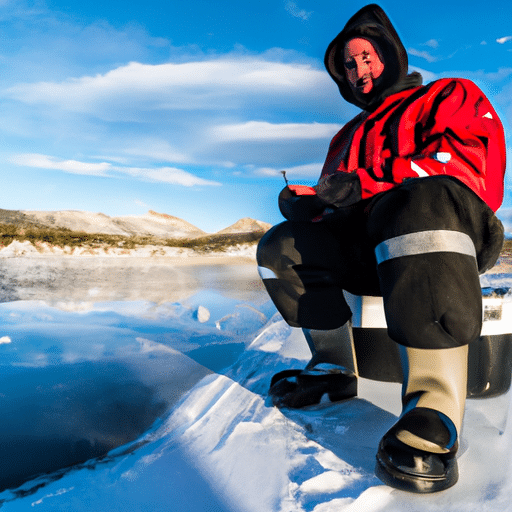
Cold-Water Fly Fishing Tips and Tricks
Choosing the Right Flies for Cold-Water Fly Fishing
When it comes to fly fishing in cold water, selecting the right flies is crucial for attracting fish. In colder temperatures, fish typically feed on smaller insects, so choose flies that imitate midges, nymphs, or small baitfish. Opt for darker-colored flies, as they stand out better in cold water. It’s also important to vary your retrieval speed and depth to find the most effective presentation for the specific conditions and the behavior of the fish.
Fly Fishing Techniques in Chilled Waters
Fly fishing in cold water requires a slightly different approach than in warmer conditions. Slow down your casting and retrieve, as fish are less likely to chase fast-moving flies in colder temperatures. Use a longer leader to present your fly further away from the line and try dead-drift techniques to imitate the natural movements of insects in slower currents. Pay attention to any subtle strikes or slight movements in your line to detect bites from fish.
Evaluating Fishing Regulations for Cold-Water Angling
Understanding Seasonal Restrictions and Limits
Before embarking on your cold-water fishing adventure, it’s important to familiarize yourself with fishing regulations specific to the area you plan to fish. Many regions have seasonal restrictions, such as closed seasons for certain species or limits on the number of fish you can catch and keep. These regulations are in place to protect fish populations and ensure sustainable fishing practices. Always check the local fishing guidelines and adhere to the regulations to promote responsible angling.
Keeping up with Fishing License Requirements
In addition to understanding the seasonal restrictions and limits, it’s essential to obtain the appropriate fishing licenses for cold-water angling. Fishing licenses not only help support conservation efforts but also ensure that you’re fishing legally. Research the licensing requirements for the specific waters you plan to fish and obtain the necessary permits or licenses. Keep your license with you when fishing and be prepared to present it if requested by authorities.
In conclusion, cold-water fishing can be a rewarding and exciting endeavor if you have the right gear and techniques. By selecting the appropriate fishing gear, understanding the behavior of cold-water fish, and adapting your techniques to the unique conditions, you can enhance your chances of success. Remember to prioritize safety, adhere to fishing regulations, and always practice responsible angling. With a little knowledge and preparation, cold-water fishing can become one of your favorite outdoor activities.




